Thai-ing It All Together: A Spicy Journey Through Seasonal Thai Cuisine in Burbank
Introduction: The Flavorful Heart of Thai Cuisine
If you've ever tasted a spoonful of Tom Yum soup or bitten into a steaming pad Thai, you know that Thai food isn't just a meal — it's an experience. But when we add 'seasonal' to the mix and drop it right in the heart of Burbank, something magical happens.
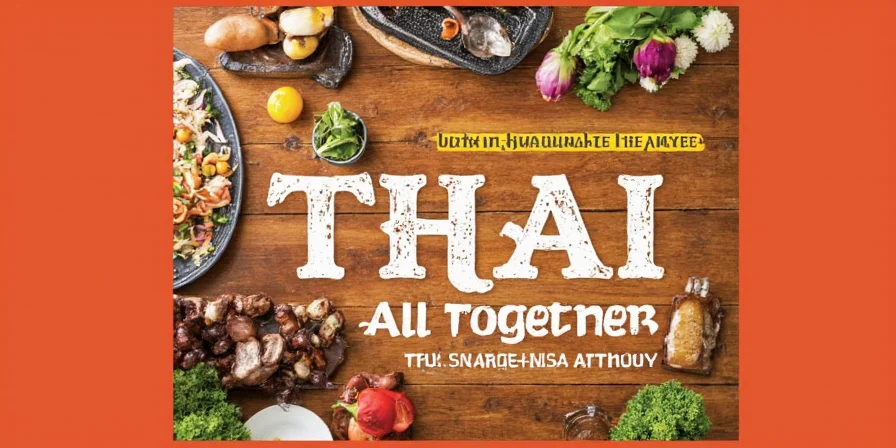
In this post, we’ll dive deep into the world of Seasonal Thai Cuisine in Burbank — where traditional spices meet local ingredients, and every dish tells a story. Whether you're a professional chef looking for flavor inspiration or a home cook ready to explore new culinary horizons, this guide is your spicy passport.
Table of Contents
- Spice 101: The Building Blocks of Thai Flavor
- How Seasons Shape Thai Dishes in Burbank
- Top 5 Must-Try Seasonal Thai Dishes in Burbank
- Cooking Thai at Home: Pro Tips & Spice Secrets
- The Cultural Roots Behind Thai Seasonality
- Conclusion: Taste the Seasons, One Bite at a Time
Spice 101: The Building Blocks of Thai Flavor
Thai cuisine is all about balance — sweet, salty, sour, bitter, and yes... spicy. Let’s break down the essential spices and seasonings used in Thai cooking:
| Spice/Ingredient | Description | Common Thai Dishes |
|---|---|---|
| Lemongrass | Fragrant grass with citrus notes | Tom Yum Soup, Green Curry |
| Kaffir Lime Leaves | Zesty, aromatic leaves used whole or sliced | Masaman Curry, Pad Thai (sometimes) |
| Ginger | Used fresh or pickled; warm, earthy kick | Som Tum, Stir-fries |
| Galangal | Root similar to ginger but more peppery | Red & Green Curry Pastes |
| Cumin | Warm, nutty spice often found in curries | Massaman Curry |
| Coriander Seeds | Toasted and ground for depth and aroma | Curry pastes, marinades |

These spices aren’t just for show — they each bring unique health benefits and contribute to the overall harmony of flavor. For example, lemongrass can help with digestion, while galangal has anti-inflammatory properties.
How Seasons Shape Thai Dishes in Burbank
Traditional Thai cuisine is deeply rooted in the tropical climate of Thailand, where there are only two main seasons: rainy and dry. However, in Burbank, chefs adapt their menus to fit our four-season cycle. Here's how each season inspires the kitchen:
- Spring: Lighter dishes like salads, steamed dumplings, and spring rolls dominate the menu.
- Summer: Chilled soups (like Tom Kha Gai), fresh herbs, and cooling spices take center stage.
- Fall: Richer curries, root vegetables, and warming spices like turmeric and cinnamon shine.
- Winter: Comfort food reigns — hearty stews, coconut-based broths, and slow-cooked dishes become favorites.
Restaurants like The Thai Garden and Pad Thai Place rotate their menus based on what’s fresh and available locally, ensuring that every bite feels seasonal and sustainable.
Top 5 Must-Try Seasonal Thai Dishes in Burbank
Ready to tantalize your taste buds? Here are five must-try dishes that capture the essence of seasonal Thai cuisine in Burbank:
- Summer Rolls with Peanut Sauce – Fresh veggies, rice noodles, and mint wrapped in delicate rice paper. Perfect for hot days!
- Tom Kha Gai (Coconut Chicken Soup) – A summer classic with coconut milk, galangal, and mushrooms.
- Green Curry with Butternut Squash – Fall comfort food made with seasonal squash and Thai basil.
- Massaman Curry with Root Vegetables – A winter warmer featuring potatoes, carrots, and cumin-laced curry.
- Pad Thai with Shrimp and Snow Peas – A springtime twist on a classic with crisp, fresh peas.
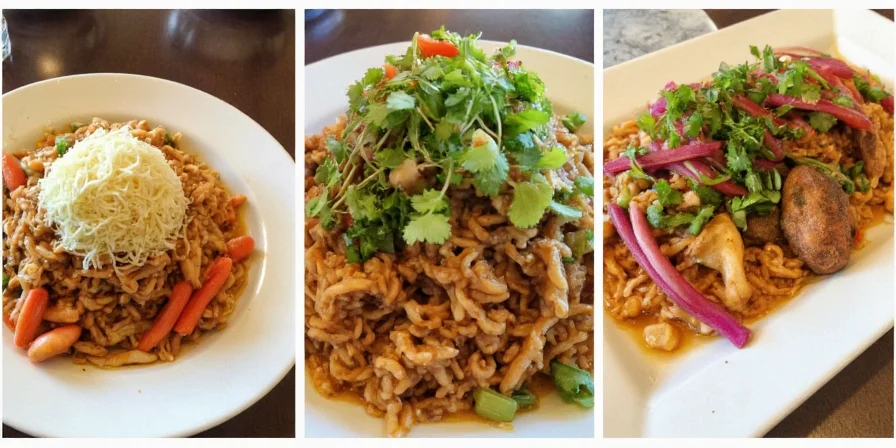
Cooking Thai at Home: Pro Tips & Spice Secrets
Want to recreate the magic of seasonal Thai cuisine in your own kitchen? Here are some pro-level tips:
- Use fresh aromatics – Fresh lemongrass, galangal, and kaffir lime leaves make a huge difference. If unavailable, frozen versions are better than dried.
- Toast your spices – Toasting coriander seeds and cumin before grinding them unlocks a deeper, richer flavor profile.
- Don’t skip the fish sauce – This is the backbone of many Thai dishes. Substitute with soy sauce if necessary, but the umami won’t be the same.
- Balance your flavors – Always check for the balance of sweet (palm sugar), salty (fish sauce), sour (lime juice), bitter (greens), and spicy (chilies).
- Make your own curry paste – Store-bought is fine, but homemade gives you control over heat and salt levels. Try a basic red curry paste with red chilies, garlic, lemongrass, shrimp paste, and coriander roots.
The Cultural Roots Behind Thai Seasonality
Thailand may not have four distinct seasons, but the concept of eating according to nature's rhythm is embedded in its culinary traditions. Rice harvesting cycles, monsoon rains, and Buddhist fasting days all influence what appears on the table.
In contrast, chefs in Burbank have adapted these principles to fit local agricultural calendars and customer expectations. By sourcing from farmers’ markets and using sustainable practices, they maintain the spirit of Thai cuisine while celebrating California’s bounty.
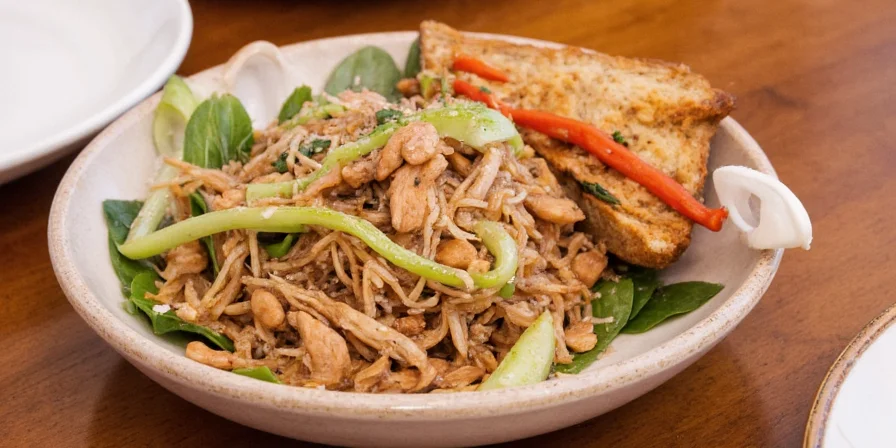
Conclusion: Taste the Seasons, One Bite at a Time
Whether you're savoring a bowl of green curry in the fall or biting into a fresh summer roll in July, seasonal Thai cuisine in Burbank offers a journey through time, place, and culture.
So next time you’re craving a little adventure on a plate, remember: Thai food isn’t just about spice — it’s about sense. Sense of place, sense of season, and above all, a sense of celebration.
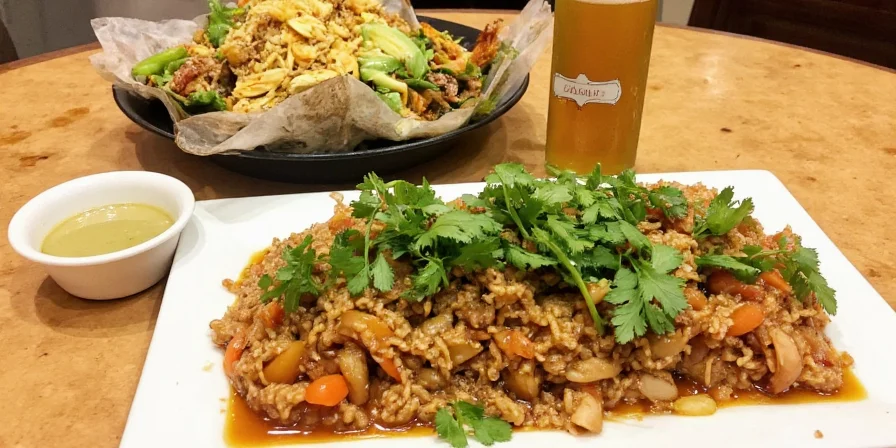

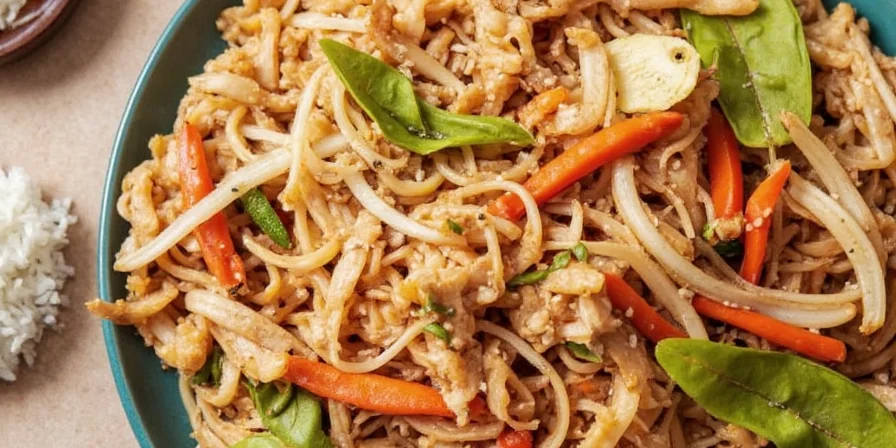
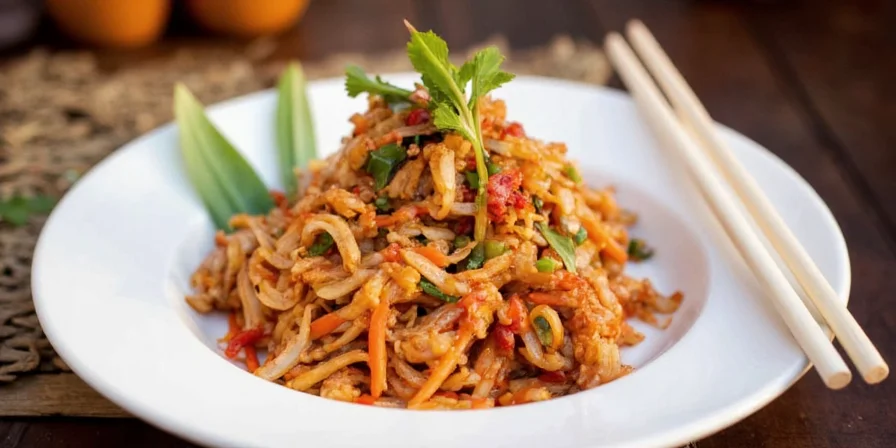









 浙公网安备
33010002000092号
浙公网安备
33010002000092号 浙B2-20120091-4
浙B2-20120091-4